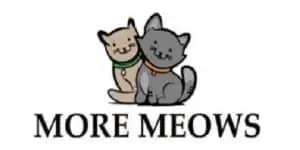More Meows is an Amazon Associate. As an Amazon Associate we earn from qualifying purchases. We may also earn commissions if you purchase products from other retailers after clicking on a link from our site.
European cat breeds are wonderful. One of the hardest things to do is choose which European cat breeds are the best. I’ve spent time evaluating European cat breeds and put this list together of the 9 best European cat breeds. I hope you check out each of these cats and decide which European cat breed is your absolute favorite!
The 9 best European cat breeds are:
- Turkish Van
- Turkish Angora
- British Shorthair
- Cornish Rex
- Havana Brown
- Scottish Fold
- Chartreux
- Norwegian Forest Cat
- Peterbald
1. Are Turkish Van Cats Good Pets?
Yes, Turkish Van cats are good pets. They have mischievous personalities and are quite playful. Additionally, Turkish Van cats are comfortable with water which is a cool quality in a feline.
Origin: Eastern Turkey
Personality: Turkish Vans are humorous cats to have around if you’ve a high tolerance for mischief. These cats adore breaking stereotypes and live for fun! They’re highly active, engaging playmates but have firm ideas about acceptable behavior.
They get on well with polite dogs and children but will quickly “punish” any rudeness! They tolerate short cuddles but, for the most part, prefer active play to lazy snuggles.
Size: Mature males weigh between 10lbs to 20lbs and females between 7lbs to 12lbs.
Coat Length and Color: The Turkish Van’s coat is medium length with a silky texture. The texture of a Turkish Van’s coat is uniquely designed to repel water and dirt.
The extreme temperature fluctuations in the Turkey Mountain Ranges have resulted in these cats molting or shedding their coats during hot seasons and growing thick coats during freezing winters.
Turkish Van’s have a piebald patterning, where solid colors are distributed on the head, tail, and occasionally the back of the neck or shoulder blades. The white portions should be a clear chalky white, and the pigmented areas can be black, blue, auburn, cream or tortie.
Although hereditary deafness is common in white cats, this affliction is not seen in Turkish Vans.
Rarity: Rare
Interesting Facts: Turkish Vans are known as swimming cats.
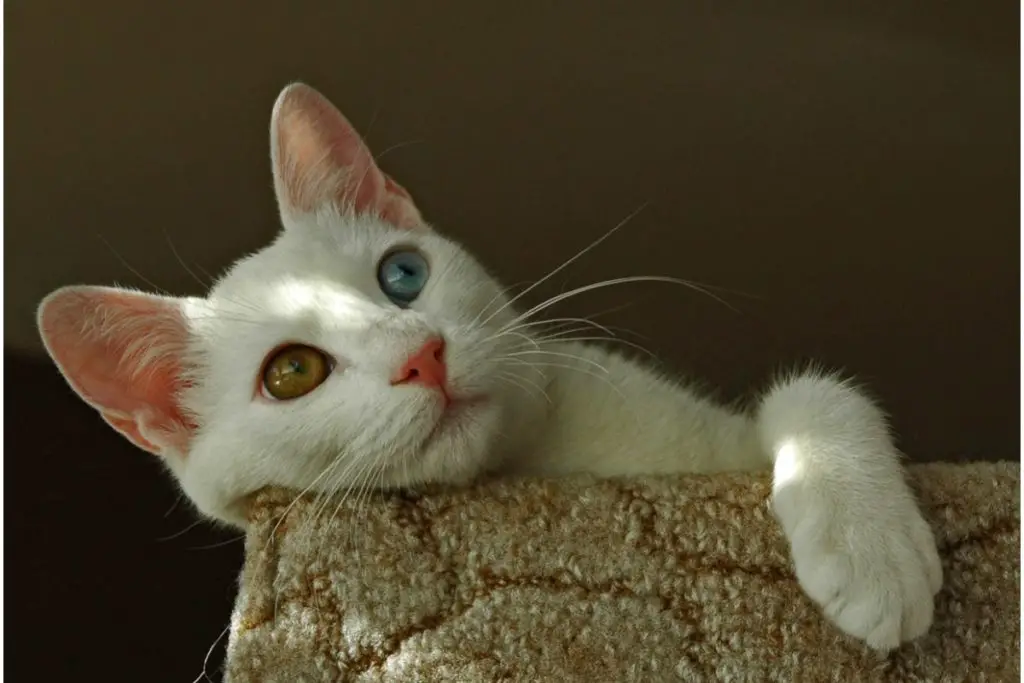
2. Are Turkish Angora Cats Good Pets?
Yes, Turkish Angora cats are great pets that have strong personalities and love being social with people and animals. Turkish Angora cats are loyal and playful felines.
Origin: Ankara, Turkey
Personality: These cats are sleek, elegant athletes who love to play and climb. They’re not suitable for households who want an ornamental cat, as Turkish Angoras are convinced that they need to play a central role in conducting household activities!
They’re incredibly social cats who are happy to cozy up with guests, dogs, and children.
Size: A medium-sized cat weighing between 5lb to 10lb, although males can occasionally weigh more than the expected 10lbs. They’re a smaller, more elegant cat than the robust Turkish Van.
Coat Length and Color: The Turkish Angora’s coat is a beautiful silky coat of medium length. Initially, only pure white cats were accepted into championship classes; however, since 1978, colored Turkish Angoras have been permitted.
All colors are permitted in Turkish Angoras except for hybridized colors like lavender.
Rarity: During the early 1900’s Turkish Angoras almost went extinct due to indiscriminate outcrossing with Persians.
Luckily, Turkey realized the threat to their beloved cats and established dedicated breeding programs aimed at preserving and uplifting the breed.
Turkish Angora’s are still considered to be a rare cat breed in most countries.
Interesting Facts: Pet owners often mistakenly assume Turkish Vans and Turkish Angoras are the same breed. However, these two breeds were developed in different parts of Turkey and have never been united under a single breed name.
Turkish Vans and Turkish Angoras show sufficiently different physical and behavioral traits for all major cat associations, including the Cat Fanciers Association (CFA), Fédération Internationale Féline (FIFe), and The International Cat Association (TICA) to recognize them as two separate breeds.
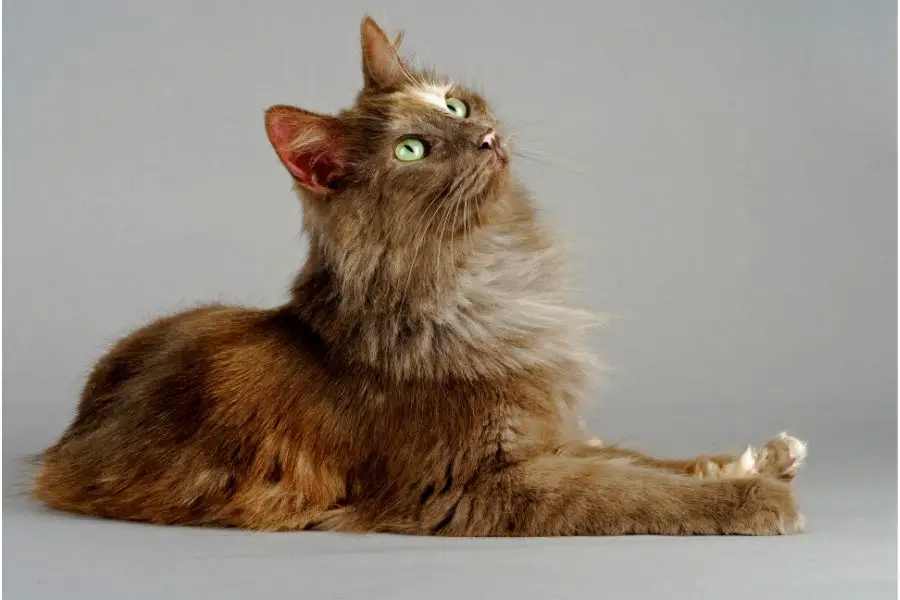
3. Why British Shorthair Cats are the Best
British Shorthair cats are the best because they are affectionate and friendly felines. British Shorthair cats often love people and other animals, including dogs. British Shorthair cats are calm and lovable.
Origin: Britain
Personality: British Shorthairs were initially developed from the hunting cats of Rome, but these cuddly cats quickly recognized that a more comfortable life was within reach if they recruited human servants. They are now known to be clumsy clowns with a predilection for laziness.
Shorthairs are affectionate, loyal cats who love to sit companionably beside their owners and indulge in a life of leisure. Homes looking for sedate feline companions would be wise to consider the British Shorthair.
Size: British Shorthairs can be quite a sizable chunk of gorgeousness. They’re medium to large breed cats, with males weighing between 9lbs to 17lbs and females weighing between 7lbs to 12lbs.
Coat Length and Color: British Shorthairs have a short, dense coat. They’re most famous for their blue-grey colors, but all other colors are permitted.
Rarity: They’re relatively rare in the United States but have been a favorite of cat fanciers in England.
Interesting Facts: British Shorthairs are not only one of the oldest cat breeds globally but are also one of the loudest. In 2011, a 12-year-old British Shorthair broke the Guinness World Record for loudest purr!
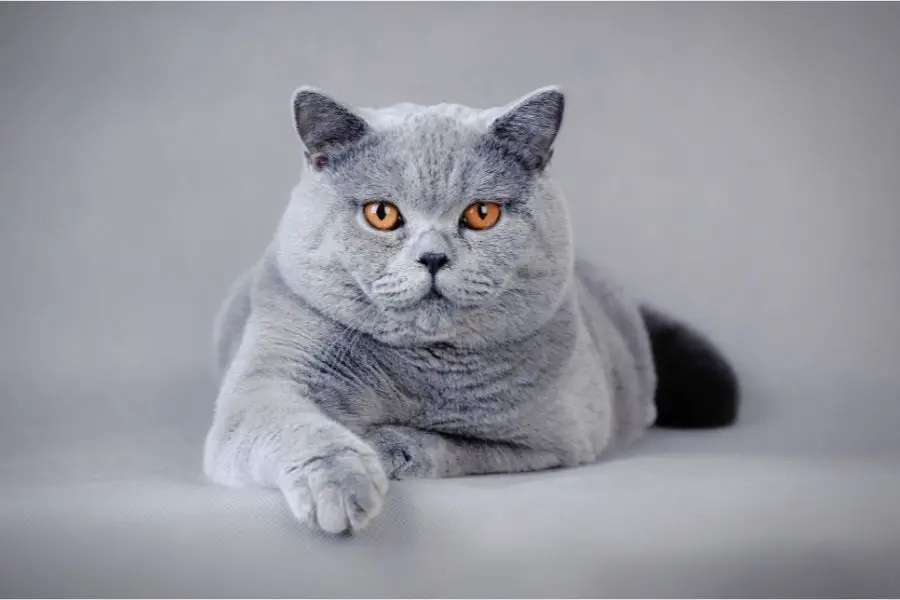
4. How Are Cornish Rex Cats Different from Other Cats?
Cornish Rex cats are different from other cats because they have special coats, a unique appearance, and are highly affectionate. They could be considered the best cat breed due to these reasons and that they are highly intelligent.
Origin: Cornwall, England
Personality: The Cornish Rex is a larger-than-life breed. Their petite size belies the size of their charming characters. They’re curious, fun-loving cats who hate being left alone.
They get along well with active families, including well-behaved family dogs.
Size: Many people mistakenly assumed the Cornish Rex is larger than they are. Their outsized personality, long model-like legs, and arched spine often confuse people into believing they’re large cats.
In reality, the Cornish Rex is classified as a small cat breed where both males and females weigh less than 8lbs.
Despite their small size, these are not fragile china-doll cats. Their sleek form is packed with muscle turning the Cornish Rex into a consummate athlete!
Coat Length and Color: The Cornish Rex is most famous for its curly coat. The coat of the Cornish Rex has a delicate silky texture, with the heavily crimped fur providing a novel touch experience when cuddling a Cornish Rex.
Poodle dogs are considered hypoallergenic, and many people believe the same is true for the curly-coated Cornish Rex. This is a false assumption. Like all cats, the Cornish Rex will shed their fur during seasonal changes.
Rarity: Relatively uncommon
Interesting Facts: The Cornish Rex’s curls are not only limited to their coat. Many Cornish Rex’s have curly whiskers and eyelashes to match their fur!
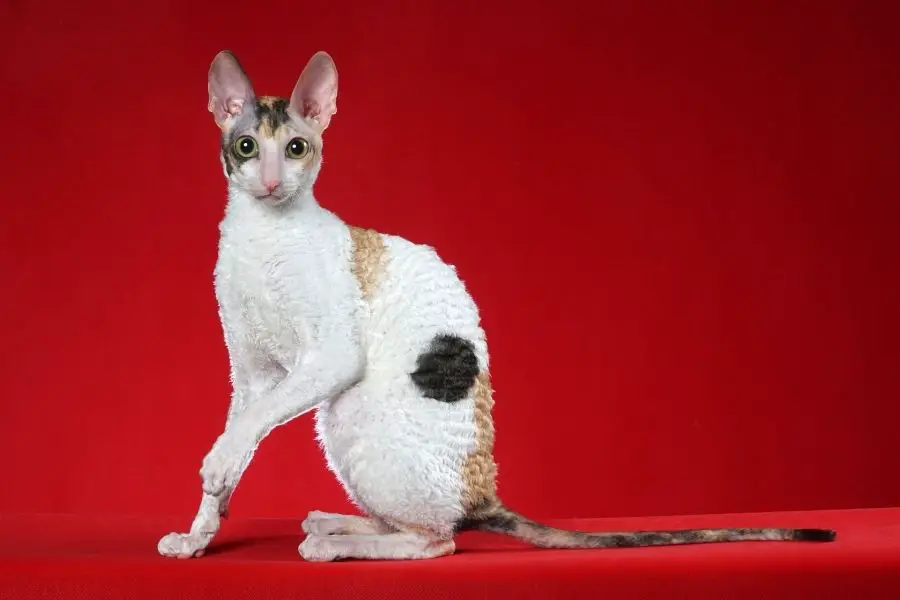
5. Havana Brown Cats
Origin: The Havana Brown is a man-made breed originating in England during the early 1950s.
Personality: The Havana Brown is a nosy, curious cat who can’t bear being left out of any activity. They love to play but are equally happy to snuggle up on your lap for an extended session of Havana Brown admiration.
Havana Browns don’t understand the phrase “Look but don’t touch.” These curious cats love exploring their surroundings by tapping, holding, and even throwing anything of interest. Delicate ornaments should be hidden from the tactile orientated Havana Brown.
They’re amiable cats who get on well with children and other household pets, including dogs. Variations between individuals determine how social these cats are with strangers. Some Havana Browns like to host the party, while others shyly hide away when guests appear.
Size: Males weigh between 8lbs to 10lbs, and females weigh between 6lbs to 8lbs.
Coat Length and Color: The Havana Browns are most famous for their warm chocolate color. Although chocolate is the preferred color bred by most breeders, a few dedicated breeders have included lilac Havana Browns in their breeding lines.
Havana Browns have a sleek short to medium-length glossy coat that is a delight to stroke. The texture of this coat has more than a passing resemblance to that of a luxurious mink coat.
The short coat of the Havana Brown requires minimal grooming.
Rarity: One of the rarest breeds in the world
Interesting Facts: The whiskers of the Havana Brown must match its coat color. Brown Havana Browns have chocolate whiskers, and lilacs have pinkish-grey whiskers to go with their coats.
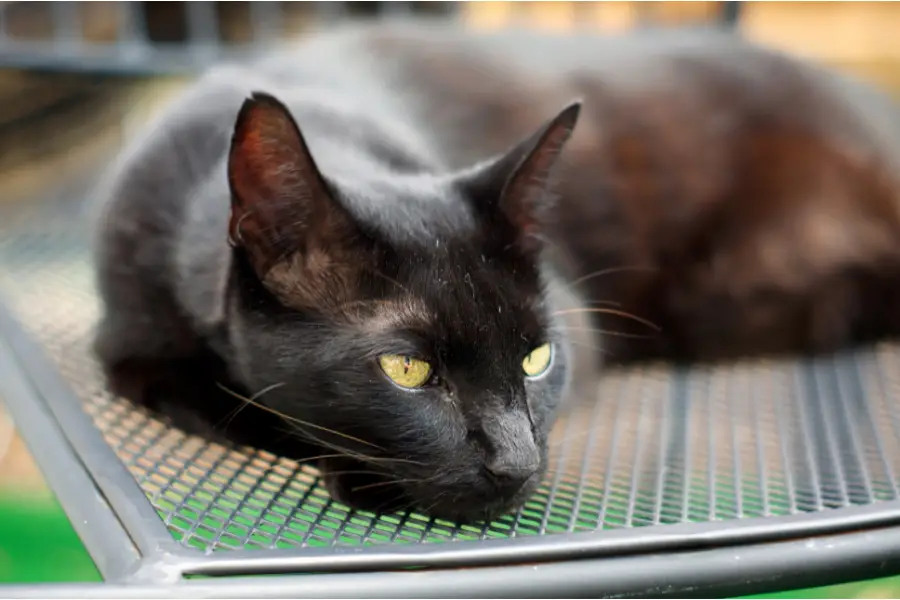
Here are some of my favorite cat products
In addition to checking out some other More Meows articles, I hope you’ll check out some of my favorite cat products as well. These are affiliate links, so if you end up using them, I’ll get a commission at no extra cost to you. These are the products I really do find most helpful.
Litter Box: I started out with normal, traditional litter boxes for my cat. Then, I tried this automatic litter box on Amazon (affiliate link), which helped reduce the litter upkeep. Finally, I am now a believer in the Litter-Robot 3 Connect on Amazon (affiliate link). This robotic litter box is not for everyone based on the price tag, but for me the benefits (very little upkeep, works efficiently, clean, mobile app) far outweighed the cost.
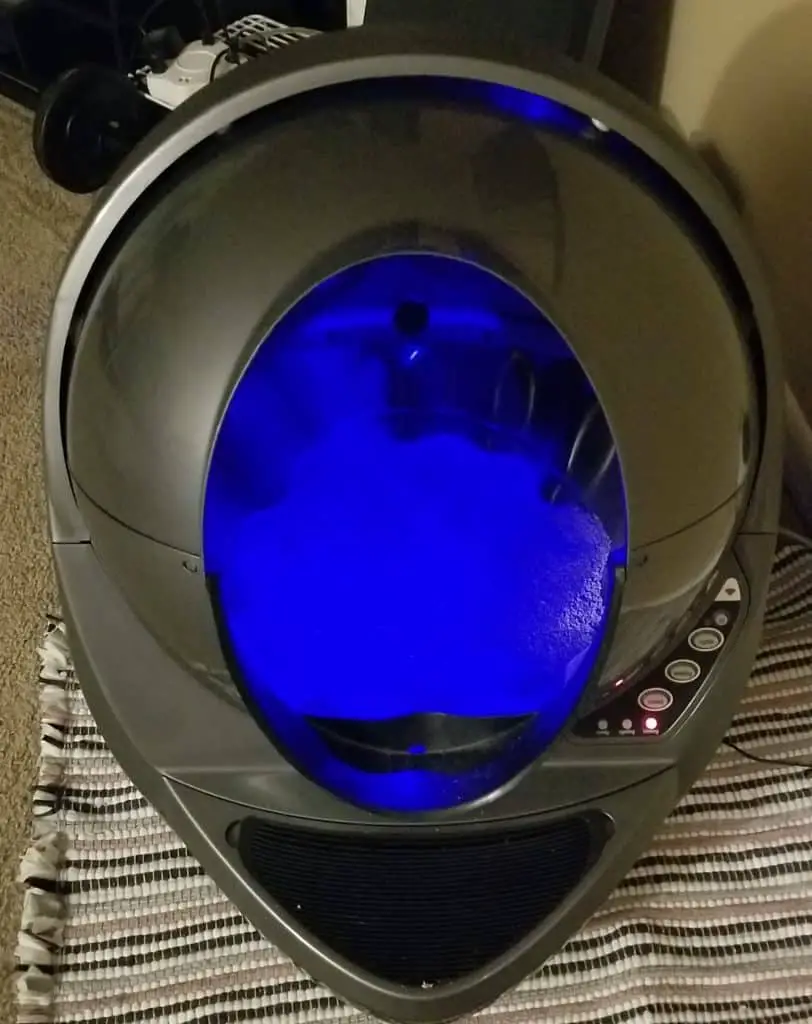
Cat Tree: I have purchased a couple of this Amazon Basics Cat Tree on Amazon (affiliate link). My cat spends a lot of time on and around this cat tree, which I position near my sofa. She uses the scratching posts on this cat tree multiple times a day, which means she is not scratching the sofa instead.
Cat Water Fountain: I love this cat water fountain on Amazon (affiliate link). There are three main benefits to having a water fountain like this for your cat. The first benefit is that it keeps water running so that your cat doesn’t need to drink still water. The second benefit is that it filters the water. The third benefit is that it will keep your cat hydrated!
6. Are Scottish Fold Cats Good Cats?
Scottish Fold cats are wonderful felines that are popular because they have wonderful personalities. Scottish Folds have cute folded ears and are known to build strong attachments to their human friends.
Origin: Farmlands of Scotland
Personality: Scottish Folds are born gentlemen. They’re naturally polite, unassuming, and gentle cats. They thrive in households that offer them ample cuddles and affection.
Their placid approach to life means the activities of a chaotic household rarely phase them, nor are they so demanding that they go into a decline if left alone for a few hours.
Size: The Scottish Fold is the perfect size for most cat households. They’re not so tiny that you need to be concerned about accidental injury nor so large that they’re a menace to delicate household fittings.
They’re medium-sized cats weighing between 7lbs to 10lbs.
Coat Length and Color: Scottish Folds are the kings of variety. There are both shorthaired and longhaired Scottish Folds. All standard colors associated with the pointed and traditional color classes are permitted.
If that doesn’t spoil you for choice, Scottish Folds are also permitted to have green, gold, blue and odd-colored eyes!
Rarity: Although still rare, Scottish Folds are enjoying a meteoric rise in popularity where demand far outstrips supply.
Interesting Facts: The Scottish Fold may have folded or straight ears, but only cats with folded ears can compete. A gene with incomplete dominance causes the ears to fold.
Although all Scottish Folds are born with upright ears, only a few kittens will grow into adults with folded ears. The ears of those destined to collapse will fold at 3 to 4 weeks of age.
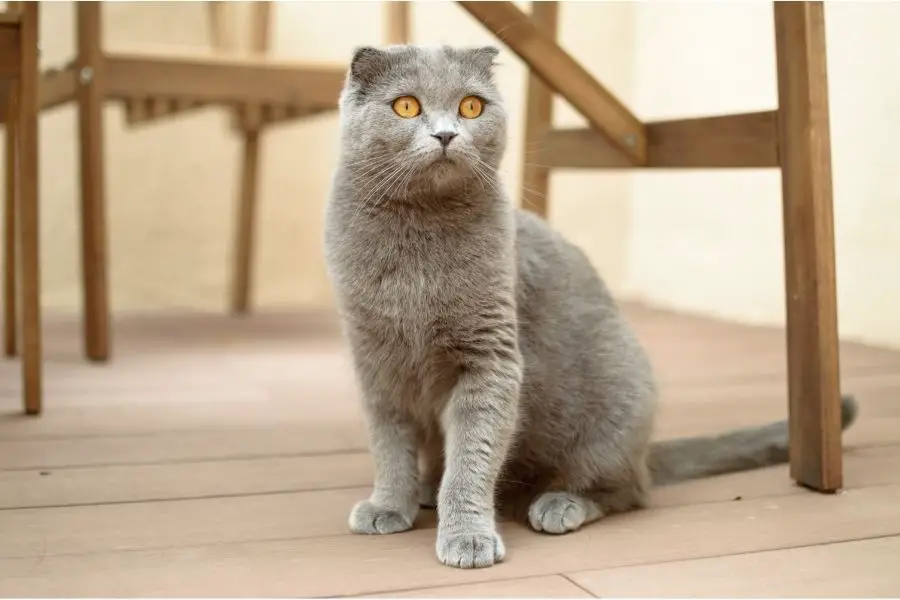
7. Chartreux Cats
Origin: France. The origin story of the Chartreux cat has long been lost to the hidden depths of time. However, it is believed the French monks played a central role in the development of the breed.
Personality: This is a cat of great practicality, as befitting a monk’s companion. They’re a relatively quiet, sedate cat who views life with serene acceptance.
In the hustle-bustle of daily life, there is much to be learned from the restful nature of the Chartreux. The smiling face and “chirping” conversation of the Chartreux is a pleasant reprieve from the world’s issues.
Size: Affectionately known as a “Potato on Toothpicks,” the Chartreux has a compact, robust body balanced on long slender legs.
Both males and females weigh more than 12lbs and can quickly become overweight if not managed correctly.
Coat Length and Color: Like the British Shorthair, Chartreux are famous for their blue-grey color. However, unlike the British Shorthair, Chartreux do not display any color except for blue.
The shade of blue-grey may range from a pale, almost lavender grey to the darkest of slate colors. The Chartreux’s gold eyes provide a striking bejeweled contrast to their exotic shading.
Their coats are medium-length woolly double coats. A wide-toothed comb is essential for removing loose hair during seasonal sheds.
Rarity: Rare in the USA
Interesting Facts: The Chartreux is recognized as the national cat of France.
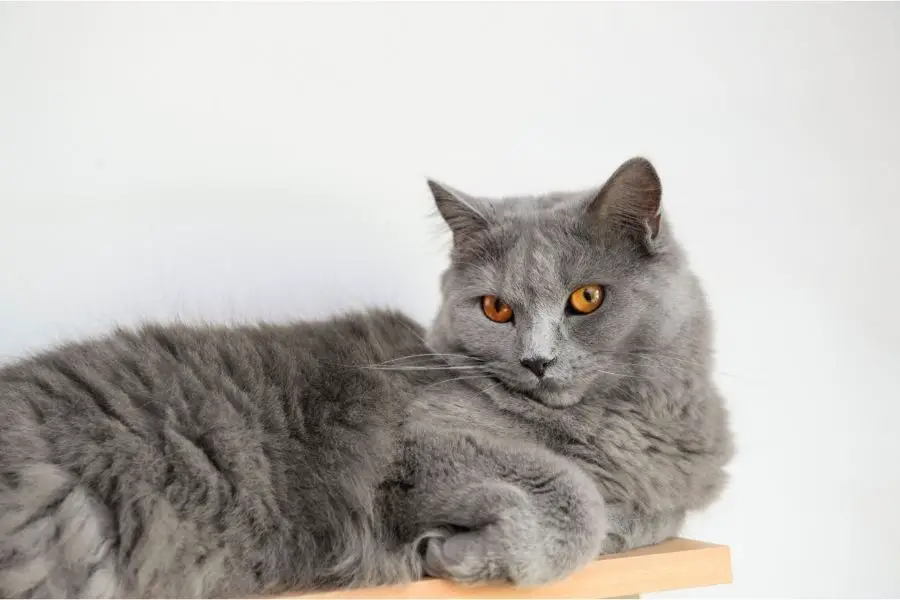
8. Are Norwegian Forest Cats Good Pets?
Norwegian Forest Cats (NFC) are some of the best pets because they are affectionate, dog-friendly, and people-friendly. Norwegian Forest Cats are smart and love to play.
Origin: Norway
Personality: The Norwegian Forest Cat is an aloof hunter that dictates the terms of his human relationships. These cats choose when and where they want to be cuddled. Trying to impose your will on a Norwegian Forest Cat is a sure way to make them withdraw.
Despite their haughty attitude towards strangers, they are funny, loyal companions to “their” people.
Size: Often mistaken for a Maine Coon, the Norwegian Forest Cat is slightly smaller than the formidable Maine Coon. Male Norwegian Forest Cats weigh between 10lbs to 20lbs and females 8lbs to 18lbs.
Coat Length and Color: Norwegian Forest Cats have a medium-length double coat. They have a dense undercoat with a long, relatively coarse topcoat of even length.
Prospective owners should not get a Norwegian Forest Cat unless they are committed to fulfilling the intensive grooming needs of these cats.
Rarity: Rare
Interesting Facts: The Norwegian Forest Cat is one of the few cat breeds developed naturally over several generations. This breed is so old that even the Vikings refer to these cats in their records!
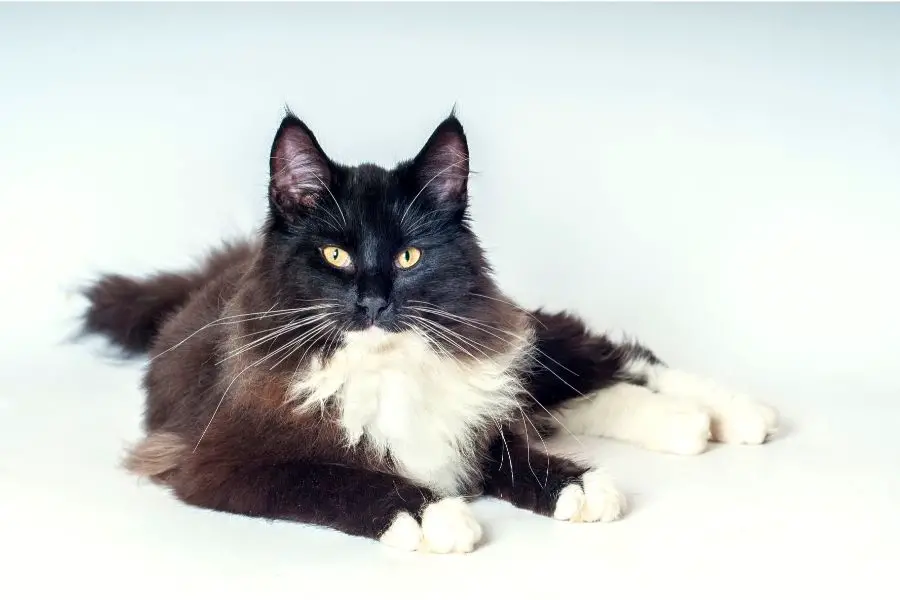
9. Peterbald Cats
Origin: Rostov on Don, Russia
Personality: Similar to the Siamese and other oriental cat breeds, the Peterbald is an attention hog. The Peterbald is a firm believer that humans were born with two hands and a lap for the exclusive purpose of loving them.
These cats hate to be ignored or left alone. They will talk (or shout), get into mischief, and go nose-to-nose with their owners to get the attention they feel is their due.
Regardless of whether you are a fan of hairless cats or not, it’s impossible not to adore the determinedly loving Peterbald!
Size: A small, daintily built cat, the males weigh a mere 7lbs to 10lbs, and the females are even smaller at 5lbs to 7lbs.
Coat Length and Color: The Peterbald has four “coat” types: Naked (no fur), Chamois (peach-fuzz coat), Velour (short velvety coat), Brush (sparse, wiry coat with a beard-like texture), and Straight (standard cat coat).
Straight-coated Peterbalds are not permitted to compete in breed shows.
The genetic profile of naked Peterbalds and those with altered coat densities and textures are still being studied. It is possible to have two hairless parents give birth to straight-coated kittens.
Rarity: Extremely rare
Interesting Facts: The Peterbald is a relatively new breed of cat recognized by FIFe in 2012 and TICA in 2006.
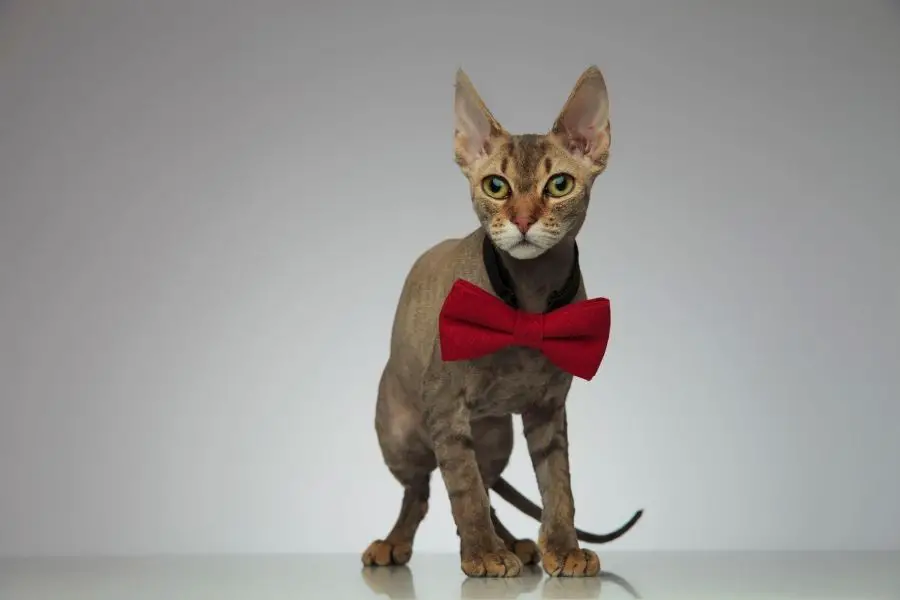
Conclusion
This list went through the 9 best European cat breeds. Personally, my favorite Is the Cornish Rex. I love that Cornish Rex cats have such great personalities! If you enjoyed this article, please check out a few more:
- 11 Reasons Why Cats Are Smarter Than Dogs: Click Here To Read Article.
- Are Cats Popular In France? The Right Answer: Click Here To Read Article.
- Are Cats Popular In England? Surprising Cat Info: Click Here To Read Article.
